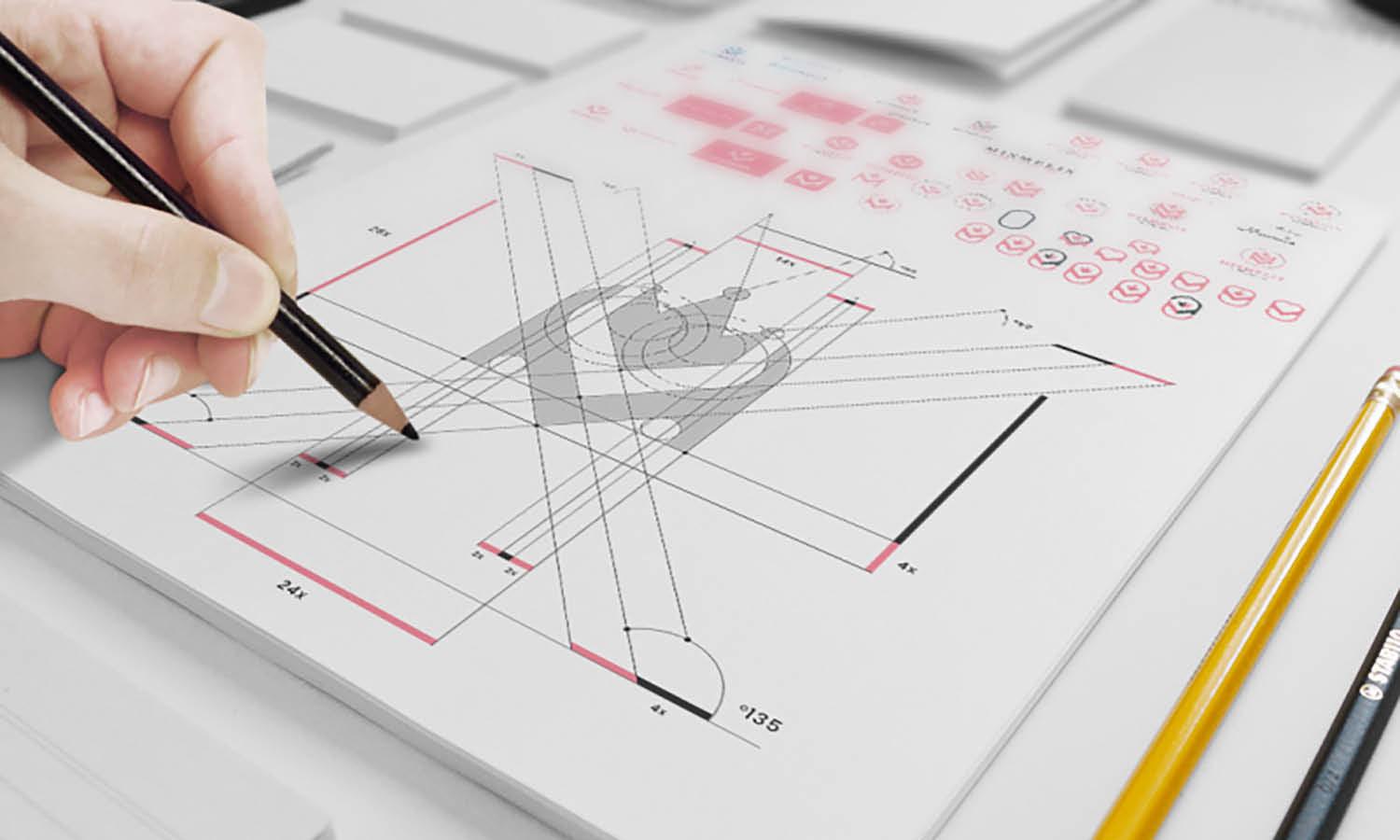The Legal Process for Personal Injury Victims In New York: From Filing to Resolution

A personal injury can completely reverse your life in an instant. The aftermath can be overwhelming, be it a car accident, slip and fall, or other unexpected incident.
But beyond the physical and emotional recovery, the legal process is just plain daunting — especially in New York, where the laws are complex and confusing.
Each step, from filing a claim to negotiating settlements and, if necessary, taking the claim to court, is essential in getting you the compensation you are entitled to. That’s why it’s good to understand what to expect so that your legal journey isn’t very intimidating.
However, do not worry; we’ve got you covered. This guide will walk you through this legal process step by step to get you the compensation you deserve.
That said, let’s learn more about the procedure for handling personal injury accidents in New York.
Step 1: Consult a Personal Injury Attorney
After an injury, navigating New York’s legal system is overwhelming, so you should consider hiring skillful NY PI lawyers. They don’t just take care of the paperwork; they ensure that you understand your rights, get you fair compensation, and build an effective claim strategy.
So, no matter if you’ve suffered medical bills, lost wages, or persistent pain, their legal aid can make a world of difference. Moreover, an experienced lawyer will handle every detail, from collecting evidence to talking with insurance companies and, if necessary, representing you in court.
Their expertise helps you not to be taken advantage of during this legal process. In other words, you will have someone who is looking out for your interests while taking the legal burden off your shoulders.
For accident victims who need dedicated support, our car crash legal team in Clinton County can step in to protect your interests from day one.
Step 2: Seek Medical Help and Gather Evidence
A doctor’s examination of your accident injuries protects your well-being and produces an official record connecting the injury with the accident. In this context, when it comes to building an effective personal injury claim, this documentation is crucial.
That said, when you’re at the scene, try to gather as much evidence as possible. For example, snap photos of your surroundings, hazards, and injuries.
If there are witnesses, get their contact information and file a police report if needed. While these details might sound small, they can add up and matter when determining what actually happened due to the accident.
So, early steps like these will strengthen your case and help provide you with the evidence needed to prove your personal injury claim.
Step 3: Investigation and Building the Case
Once you’ve hired an attorney, they will dig deep into your case to find all the details. That means building the right foundation to prove negligence, classify the extent of the injuries, etc.
Here’s what it involves-
- Evidence Collection: Your lawyer will collect medical records, police reports, and witness statements to put together what happened.
- Hire Specialists: They may hire an accident reconstruction technician, doctor, or Medical Records And Employment Hi economist to help build your claim.
- Claim Review: An in-depth review of surveillance footage or any other physical evidence pertaining to the case to support your claim.
- Assess Damages: Beyond the immediate cost, they’ll evaluate the medical bills, lost income, ongoing care, and the emotional toll induced by personal injury.
A thorough investigation and well-built case provide the foundation for pursuing fair compensation and strengthening your position during negotiations or in court.
Step 4: Filing the Lawsuit
In New York, you generally have three years from the date of your injury to file a personal injury claim. You might think it’s a long time, but it can pass very quickly, and if you miss this deadline, you lose your chance to get compensation.
So, after your attorney has gathered all necessary evidence, they will file a complaint in court, officially starting the lawsuit. This document lays out the facts of the incident, fault allegations against the defendant, and the damages you suffer for your injuries or losses.
When filed, the defendant (the person charged) is officially served and must respond within 20 to 30 days. This step kicks off the legal process, getting you closer to justice and compensation.
Step 5: Discovery Phase
Both sides go deeper during the discovery phase, exchanging key information to build their cases. It’s a fact-finding process because it’s a way to get to the underlying story of the accident.
Here’s what it usually involves:
- Deposition: Witnesses, experts, or parties will testify under oath outside of court. It’s like a formal interview in which attorneys ask questions in order to obtain critical information.
- Obtaining Medical Records and Employment History: This is done to get a full idea of how extensive damages are and their effects on the individual.
The discovery phase lays the groundwork for a strong case by uncovering key evidence and clarifying the facts, helping both sides prepare for settlement or trial.
Step 6: Settlement Negotiations
Most personal injury cases in New York are settled with negotiations instead of courtroom battles. Once both sides have a clear picture of the evidence, negotiations can start at any point, but they frequently start after the discovery phase.
Your attorney is your voice during these negotiations, and they fight for fair compensation by laying out the facts, such as who was at fault and how the injury has changed your life. On the other hand, insurance companies often seek to reduce the damages and pay out less than you deserve. For this reason, it is important to have a skilled lawyer by your side.
Part of what happens in settlement negotiations involves more than numbers — it involves making sure you’re not paying for someone else’s negligence.
Step 7: Trial
A case goes to trial if settlement talk falls apart. It generally happens when one side chooses not to own up or compensate in a fair manner.
That means the trial is mostly a chance for both sides to tell their story. Evidence is presented, and your attorney questions witnesses before a judge or jury. The other side does the same.
At the same time, the judge or jury hears everything and decides who is responsible, if you are entitled to compensation, and how much you should be compensated.
Step 8: Post-Trial and Appeals
If neither side is content with the trial, it could go on for years because appealing the trial can take years as well. These aren’t appeals to redo the entire case. Instead, they question decisions made in court during the trial. This is a complex and skillful process that requires patience.
Conclusion
The legal process of personal injury victims can be challenging, but getting yourself informed about it can make things easy for you.
That said, this process involves steps like consulting an attorney, seeking medical help, gathering evidence, investigating the case, filing the lawsuit, discovery phase, settlement negotiations, trial, and post-trial appeals.
So, if you want to have a chance at winning fair compensation, be fully informed about the mentioned steps. Plus, hire an experienced attorney to guide you throughout the legal process.















